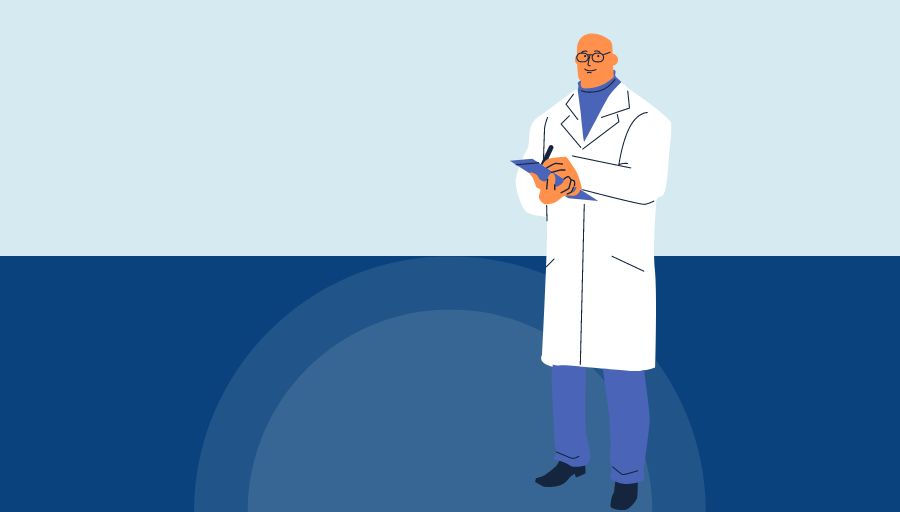How To Use CPT Code 14040
CPT 14040 refers to adjacent tissue transfer or rearrangement for defects in specific body areas, with a defect size of 10 sq cm or less. This article will cover the description, procedure, qualifying circumstances, usage, documentation requirements, billing guidelines, historical information, similar codes, and examples of CPT 14040.
1. What is CPT 14040?
CPT 14040 is a medical procedure code used to describe adjacent tissue transfer or rearrangement for repairing defects in specific body areas, such as the forehead, cheeks, chin, mouth, neck, axillae, genitalia, hands, and/or feet. The code is applicable when the defect size is 10 sq cm or less. Medical professionals use this code to bill for the procedure and ensure proper reimbursement.
2. 14040 CPT code description
The official description of CPT code 14040 is: “Adjacent tissue transfer or rearrangement, forehead, cheeks, chin, mouth, neck, axillae, genitalia, hands and/or feet; defect 10 sq cm or less.”
3. Procedure
- The patient is appropriately prepped and anesthetized.
- The provider demarcates the exact area of the lesion on the skin.
- The provider performs adjacent tissue transfers (ATT) to cover the lesion by relocating a flap from adjacent normal, healthy tissue into the damaged area.
- The provider carries out the excision of the marked area.
- A flap is raised from the adjacent healthy tissue.
- The provider fixes the flap into the area of primary or secondary integumentary defect, such as by sutures.
- Bleeding is controlled, and a clean dressing is applied to enable healing.
4. Qualifying circumstances
Patients eligible to receive CPT 14040 services are those with lesions or defects in the specified body areas (forehead, cheeks, chin, mouth, neck, axillae, genitalia, hands, and/or feet) that require adjacent tissue transfer or rearrangement for repair. The defect size must be 10 sq cm or less for this code to be applicable. Patients with larger defects may require a different CPT code.
5. When to use CPT code 14040
It is appropriate to bill the 14040 CPT code when a provider performs an adjacent tissue transfer or rearrangement procedure to repair a defect in the specified body areas, and the defect size is 10 sq cm or less. This code should not be used for lesion removals or closures that do not involve adjacent tissue transfer.
6. Documentation requirements
To support a claim for CPT 14040, the following information should be documented:
- Patient’s medical history and physical examination findings
- Indication for the procedure
- Size and location of the defect
- Details of the adjacent tissue transfer or rearrangement technique used
- Size and location of the flap used for the transfer
- Postoperative care instructions and follow-up plan
7. Billing guidelines
When billing for CPT code 14040, it is essential to follow the appropriate guidelines and rules. Lesion removal should not be billed separately if the provider performs adjacent tissue transfer, as it is considered part of the tissue transfer procedure. Additionally, skin grafts necessary to close secondary defects are considered additional procedures and should be billed separately. The term “defect” in this context refers to both primary and secondary defects.
8. Historical information
CPT 14040 was added to the Current Procedural Terminology system on January 1, 1990. There have been no updates to the code since its addition.
9. Similar codes to CPT 14040
Five similar codes to CPT 14040 and how they differentiate are:
- CPT 14041: Used for defects between 10.1 cm2 and 30.0 cm2 in the same body areas.
- CPT 14060: Used for defects 10 sq cm or less in the eyelids, nose, ears, and/or lips.
- CPT 14061: Used for defects between 10.1 cm2 and 30.0 cm2 in the eyelids, nose, ears, and/or lips.
- CPT 14301: Used for defects 30.1 cm2 to 60.0 cm2 in the same body areas as CPT 14040.
- CPT 14302: Used for each additional 30.0 cm2 or part thereof for defects larger than 60.0 cm2 in the same body areas as CPT 14040.
10. Examples
- A patient with a 9 sq cm defect on the forehead due to skin cancer excision, requiring adjacent tissue transfer for repair.
- A patient with a 6 sq cm traumatic wound on the chin, requiring adjacent tissue transfer for closure.
- A patient with a 4 sq cm defect on the cheek after Mohs surgery, requiring adjacent tissue transfer for reconstruction.
- A patient with a 10 sq cm burn scar contracture on the hand, requiring adjacent tissue transfer for functional improvement.
- A patient with a 7 sq cm defect on the neck after removal of a benign lesion, requiring adjacent tissue transfer for closure.
- A patient with an 8 sq cm defect on the axilla due to hidradenitis suppurativa excision, requiring adjacent tissue transfer for repair.
- A patient with a 5 sq cm defect on the genitalia after excision of a malignant lesion, requiring adjacent tissue transfer for reconstruction.
- A patient with a 3 sq cm defect on the foot after removal of a melanoma, requiring adjacent tissue transfer for closure.
- A patient with a 2 sq cm defect on the mouth after excision of a basal cell carcinoma, requiring adjacent tissue transfer for repair.
- A patient with a 1 sq cm defect on the cheek after removal of a cyst, requiring adjacent tissue transfer for closure.


